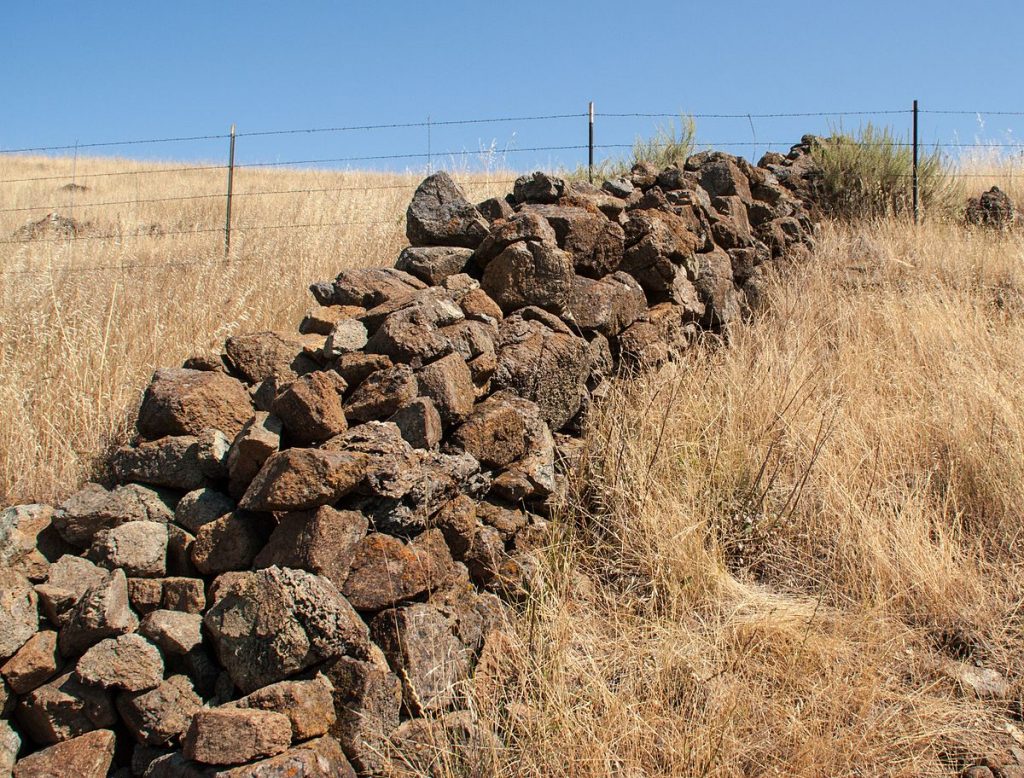Free Shipping to US & Canada for orders over USD 49. T&Cs apply
Free Shipping to US & Canada for orders over USD 49. T&Cs apply
Free Shipping to US & Canada for orders over USD 49. T&Cs apply
December 26, 2017 4 min read
When you think of ancient ruins, you might picture the Great Wall of China, the Colosseum in Rome, the Mayan ruins in Machu Picchu, the mighty pyramids of Giza, or what’s left of the Acropolis in Athens. After all, these historical landmarks were built with some of the most impressive architectural designs that have outlasted the test of time.
Related Article:5 Best Places to See Mayan Ruins
A lot of people tend to forget that the history of the US goes back way further than Christopher Columbus and the American Revolution because it is a relatively young nation. Spread across this country are great numbers of archaeological sites built by ancient civilization that are well-worth a visit. So instead of spending thousands of dollars to experience the sites abroad, you might want to consider checking out these American ruins first.

Chaco Canyon, New Mexico
One of the most important pre-Columbian cultural and historical areas in the United States is the Chaco Canyon that’s located in the New Mexico desert. Back in the ninth and 13th century, this ancient site was a massive trade center for the Ancestral Puebloans, and multi-story stupendous buildings were constructed along a 9-mile stretch of the canyon. In the early 10th Century, change came to Chaco as new construction slowed and Chaco’s role as regional center shifted. It was during this period of time that people started migrating to new areas, spreading the Chacoan ways to the north, south and west.

Mystery Hill, New Hampshire
Did you know – the Americans have their own version of Stonehenge, too! Mystery Hill is a complex of stone structures and artificial caves. Some believe that they date back to as old as the 17th century, but the exact date can’t be determined because theancient ruins suffered from tampering at the hands of a 1930s landowner who was convinced the structures were the remains of a 7th-century Iris monastic colony.

Photo Credit: YouTube

Photo Credit: Vortex Map

Photo Credit: Wikipedia

Photo Credit: Wikimedia Commons

Photo Credit: Wikipedia



National Geographic
June 05, 2023 2 min read
May 18, 2023 5 min read
March 10, 2022 2 min read
Be the first to know about upcoming sales and promos. Get a 10% discount coupon when you subscribe!
Be the first to know about Pacsafe
product releases, news and content.